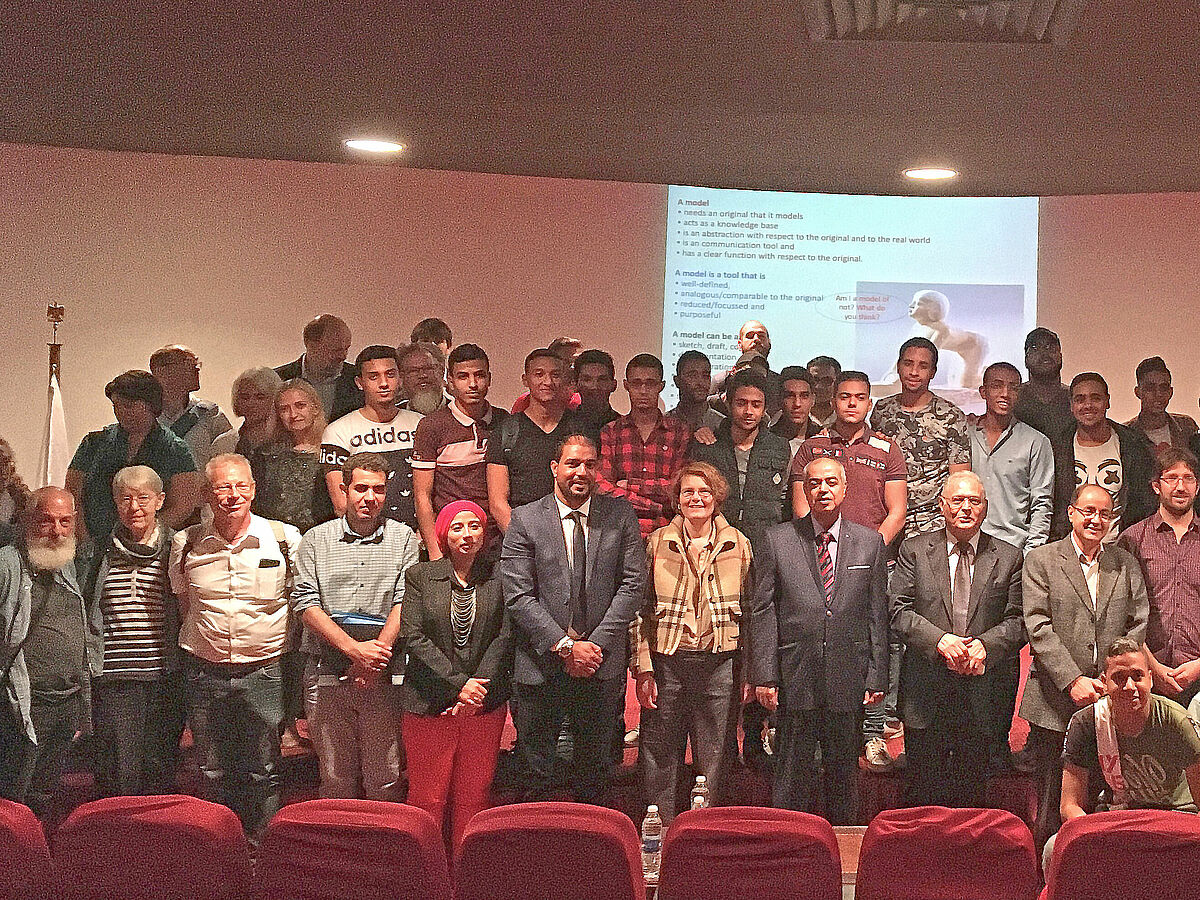Since July 2018, Egyptologists from the Roemer- und Pelizaeus-Museum in Hildesheim and the Museum August Kestner in Hanover have been working together with scientists from Kiel and Wismar in a three-year research project to trace the significance of models in the culture of Pharaonic Egypt. In the process, Egyptological approaches will be combined with art historical and informational methods and the resulting perspectives will be further developed in close coordination between the project partners. The aim is to decipher the function of the models and the language of the objects.
The project is the initiative of art historian Professor Dr. Susanne Deicher from Wismar University of Applied Sciences, who was able to secure funding for it from the Federal Ministry of Education and Research. She heads the joint project and coordinates it together with Egyptologist Dr Heike Wilde.
For the two museums, this means cooperation in one of the most innovative research projects, which combines archaeological-humanities and natural science perspectives and thus enables the in-depth exploration of an essential part of the famous Hildesheim and Hanover Egyptian collections. The Hildesheim project is headed by Dr. Christian Bayer, and the Hanover project is headed by Dr. Christian E. Loeben. Knowledge of conceptual modeling (Professor Dr. Bernhard Thalheim; Dr. Helmut Brandl, Egyptologist) is provided by the Christian-Albrechts-Universität zu Kiel, Chair of Information Systems Technology. In addition, scientists from the Egyptian South Valley University and the Luxor Museum, the Charles University in Prague, and the University of Zurich are involved as external experts.
The corpus of objects to be researched includes round sculptural and flat figurative representations of food production, e.g., stone or wooden figures of millers, bakers and brewers, which were mainly found in elite tombs of the Old and Middle Kingdoms (3rd and 2nd millennium BC). Perhaps the best known are the ensembles of figurative models, which apparently give an unaffected insight into the reality of life in ancient Egypt. However, relief and sculpture studies made of limestone, plaster or plaster mortar, which have survived mainly from the Hellenistic period and must probably be understood in a completely different context (4th to 1st century BC), are also referred to as models. Unhollowed "vessels" made of calcite-alabaster, miniature tools such as hoes and badgers made of copper, non-unrollable papyrus rolls made of limestone, or non-sounding musical instruments made of faience, which were probably donated as offerings to the temples, are further witnesses of the ancient Egyptian "model culture." In the religious imagination of the Egyptians, all these objects had no practical, this-worldly meaning, but their virtual qualities could unfold in a magical way, enlivened by rituals, in the sphere of the gods and the immortalised dead for their benefit.
ArtModel. For a joint system description of models and works of art from the ancient cultures of Northeast Africa. Objects from the collections of the Museum August Kestner in Hanover and the Roemer- und Pelizaeus-Museum in Hildesheim.
An interdisciplinary research project, funded by the Federal Ministry of Education and Research.

